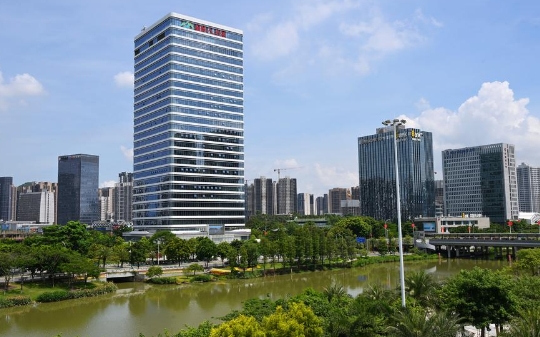China's Guangdong woos foreign talent via legislation

This photo taken on July 23, 2024 shows the building of international talent port in Nansha District of Guangzhou, south China's Guangdong Province. (Xinhua/Li He)
The innovation hub of Guangdong Province in south China has unveiled regulations to support scientific and technological development, including articles encouraging foreign talent to participate in hi-tech innovation.
The provincial scientific and technological innovation regulations stipulate that except for special circumstances such as national security, foreign hi-tech talent can take the lead in applying for and implementing government-funded scientific research projects, and participate in scientific and technological strategic research, project management and other work, according to a press conference held on Tuesday.
The regulations give the green light to colleges and universities, scientific research institutions and other scientific and technological organizations to hire foreign scientific and technological talent if needed. Relevant government departments at or above the prefecture level should implement policies and systems on entry and exit, permanent residence, work permits in China, visas for foreign talent and address other issues to support these individuals and their foreign spouses and children.
The regulations also allow foreign scientific and technological talent working full-time in Guangdong to engage in part-time work within the province if agreed by the employers, which should be filed at the relevant government departments at or above the prefecture level.
The regulations will take effect on Oct. 1, 2024.
Initially emerging as a "world factory," Guangdong has evolved, striving to establish itself as a global scientific and technological powerhouse. The province now ranks first among all provincial-level regions in China in terms of key scientific and technological indicators, such as R&D expenditure and the number of R&D personnel and international patent applications.
Editor:伏娅敏
